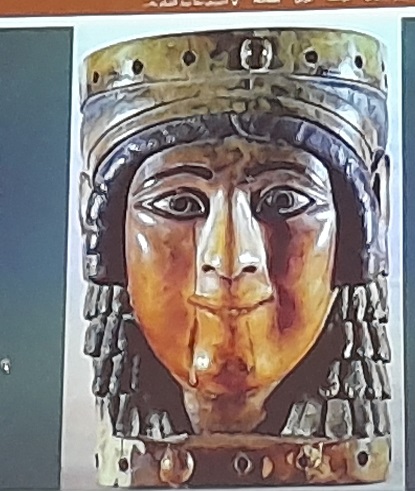Dr. Mahmoud Hammoud, a researcher in ancient Syrian history and antiquities, gave a lecture recently entitled “Ivory in the Ancient Arab East” at the Abu Rummaneh Cultural Center.
Dr. Hammoud told Syria Times that his lecture focused on the history and the importance of ivory in the ancient Arab East
Ivory is a precious material and it was used for the elite, the wealthy people and the kings, who took great care of it and support its craftsmen and found all the equipments that make this profession prosperous and advanced in all historical eras, he said.
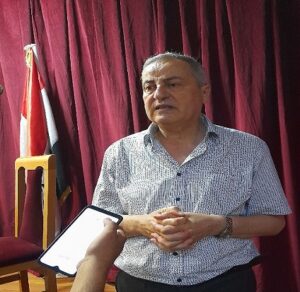 Dr. Mahmoud Hammoud talked about the history of ivory since its first appearance in about the fourth millennium BC until its latest discoveries.
Dr. Mahmoud Hammoud talked about the history of ivory since its first appearance in about the fourth millennium BC until its latest discoveries. He also talked about the animal from which ivory was extracted, the elephant and the hippopotamus, which also lived in Syria and became extinct since about the eighth and seventh centuries BC
thousands of pieces of Ivory have been discovered, most important of them were in the city of Nimrud in Iraq, ancient Nineveh, and pieces were also discovered in various Syrian sites including an area near the city of Ain Al-Arab, and in eastern Aleppo, on the banks of the Euphrates, in Hama and in Palestine and others.
Different techniques were used in the manufacturing of these beautiful pieces and panels. The Ivory was used as part of home furniture, boxes, jewelry, boxes for ornaments and cosmetics
It was specialized for the elite people, so it was called the art of the elite and spread tremendously in the ![]() first millennia BC. There was no Syrian city without a workshop for the manufacture of this precious material Ivory, so it was exported to faraway places, including Spain, Italy, Greece and Iran.
first millennia BC. There was no Syrian city without a workshop for the manufacture of this precious material Ivory, so it was exported to faraway places, including Spain, Italy, Greece and Iran.
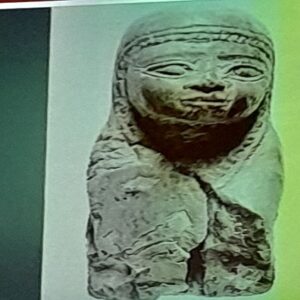 first millennia BC. There was no Syrian city without a workshop for the manufacture of this precious material Ivory, so it was exported to faraway places, including Spain, Italy, Greece and Iran.
first millennia BC. There was no Syrian city without a workshop for the manufacture of this precious material Ivory, so it was exported to faraway places, including Spain, Italy, Greece and Iran.The Ivory is very important material, and now the Syrian shell and mosaic industry is considered a true continuation of this ancient Syrian art, for which Syrian artists are famous.
Thousand of precious pieces were found in the kingdom of Qatna in Homs currently is Tell al-Mashrafah in Homs which indicated that this art is from Syrian origin.
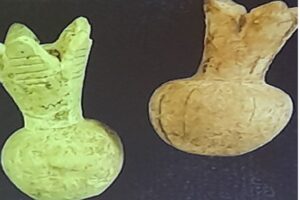
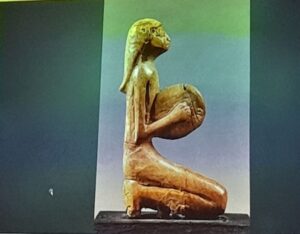
Reported by Nada Haj Khidr
Photos : Nada Haj Khidr

